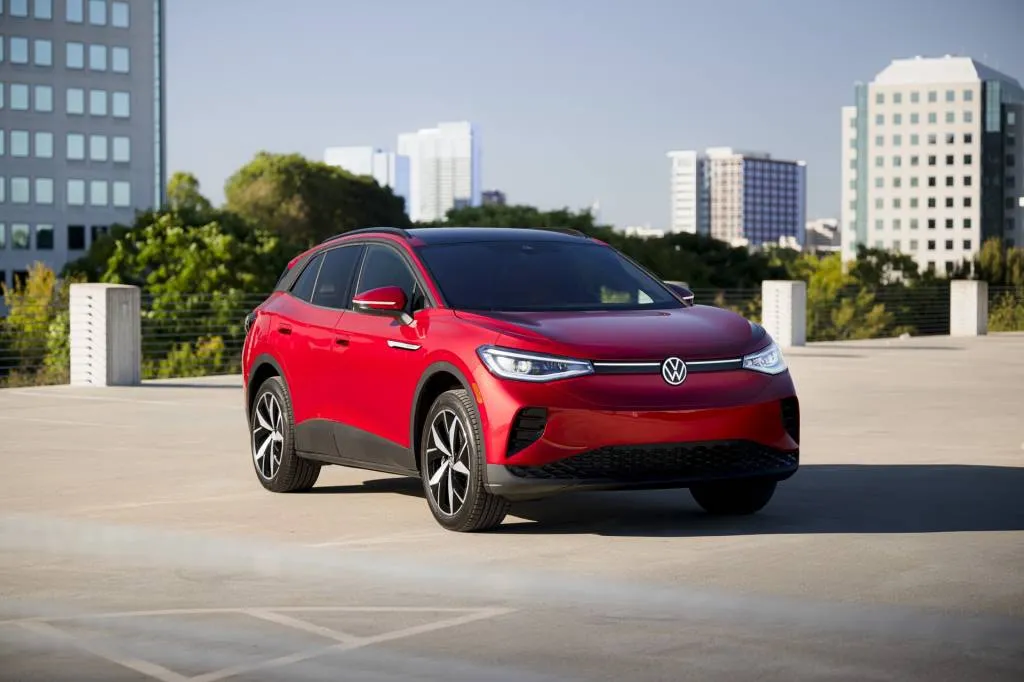Recent coverage of increasing EV inventories is missing the point, J.D. Power argues in a new report.
EVs accounted for 8.2% of new-vehicle sales in the U.S. through October 2023, up from just 2.6% in 2020. But much recent discussion has focused on the increasing number of EVs on dealer lots, which is taken as an indication that EV demand is slowing. J.D. Power argues that the situation is more complex than that.
The number of consumers interested in an EV has actually increased, according to J.D. Power. In surveys, those who say they are “very likely” to purchase or lease an EV as their next vehicle grew 3.3 percentage points between September and October to 29.2%.
2023 Mercedes-Benz EQS SUV
That provides important context to stories about increasing EV inventories, which might make it sound like EVs are piling up on dealer lots. Given previous limited availability of EVs, though, it could simply mean that instead of having one or two cars in stock a dealership might have a handful—which is the norm for internal-combustion vehicles.
J.D. Power pointed out back in May that consumers were citing more reasons for EV rejection. That was accompanied by a downward blip in sales. But J.D. Power now predicts EVs will achieve 13% market share by the end of 2024 and 24% by 2026. That’s far from the majority of new-car sales, but enough to definitely shift EVs out of the early adoption phase, analysts argue.
Obstacles to greater EV adoption remain, however, including charging. J.D. Power points out that 4 of the top 10 reasons for rejecting EVs are related to infrastructure, not the vehicles. And a study published earlier this year found that nearly half of shoppers see public charging as an EV dealbreaker.

2024 Volkswagen ID.4
J.D. Power also points to a “missing mass market” caused by a limited variety of EV models. Examples of the “missing middle” might include the VW ID.4, which was supposed to be a direct rival to the Honda CR-V, Subaru Forester, and Toyota RAV4—all bestsellers in the most popular market segment outside pickup trucks. But the actual sticker of models that showed up at dealerships was far higher than those equivalent models even when considering the tax credit.
And while pickup trucks are the most popular vehicles in the U.S. generally, a recent survey suggested that electric truck interest is waning. That could catch automakers already committed to electric trucks—but not smaller, more affordable crossovers—unprepared. But with EV battery prices dropping again, perhaps that will bring out the middle—and that untapped portion of the market.
